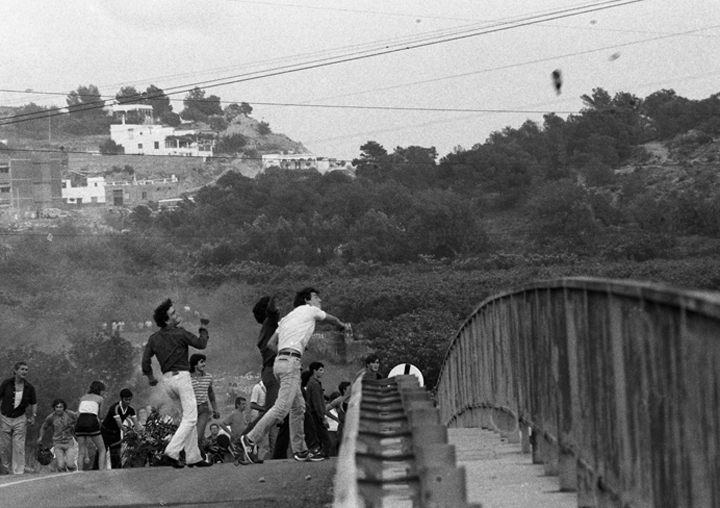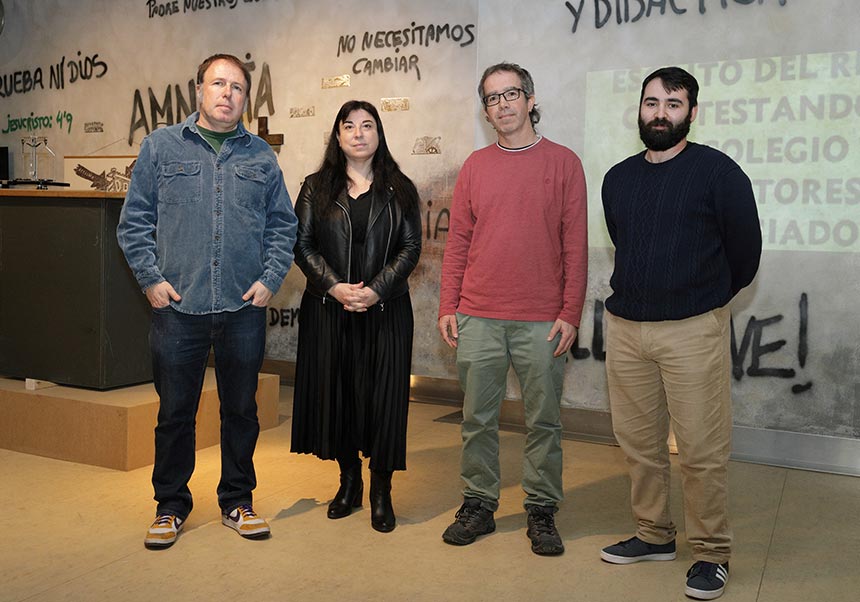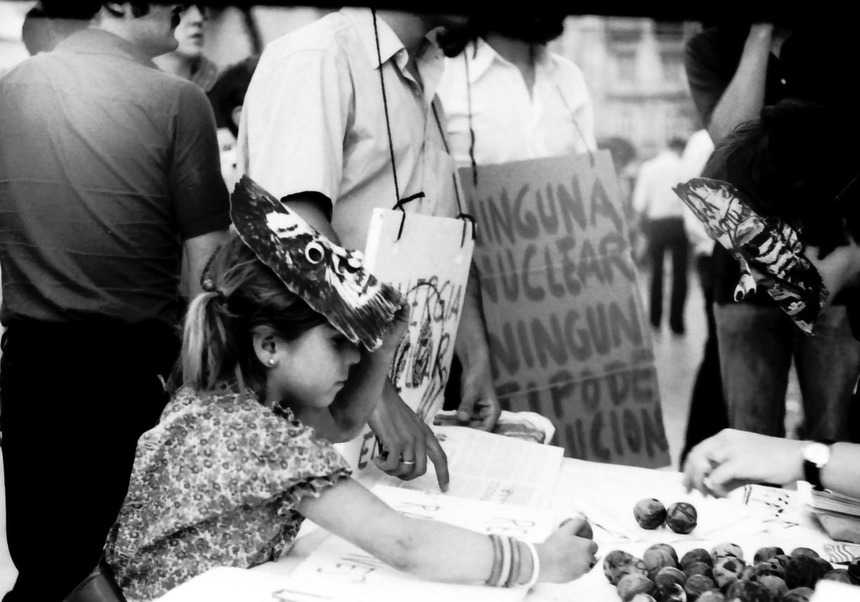The Rector Peset Hall of Residence hosts an exhibition by Tomás Gorria on the signs of the city of Valencia
- "Rector Peset" Hall of Residence
- February 20th, 2024
Next Thursday, 22 February, at 19:00, the Rector Peset Hall of Residence of the UV will open the exhibition ‘La sombra de las letras’ (The shadow of letters) by the editorial designer Tomás Gorria, who is curator and responsible for the exhibition design of the show that proposes "recovering the history and daily life through the photographic memory of signs and urban typography can be a useful task to preserve the collective memory and understand the evolution of a city over time. The commercial signs that disappeared in Valencia between 1880 and 2000 are the focus of this exhibition and constitute visual vestiges that tell stories of old shops, traditions and fashions that have shaped the character of Valencia".
Signs photographed with the intention of reflecting them or within the context of urban photography, these images capture snapshots of everyday life, revealing what streets, shops and social interactions were like at different times. Urban typography, on the other hand, reflects the stylistic and functional change of visual elements in the urban environment. From the elegant and sophisticated lettering of the 19th century to the bold Art Deco fonts of the 1930s, each style tells a unique story, with the techniques of the time, between calligraphic lettering and typography, disciplines related to editorial design and the graphic arts, of great importance in our city.
Photographers from the beginning of photography such as Laurent, or Desfilis, Barberá Masip or Roglá in the early 20th century, reflected the commercial life of the Valencia of those years, also documented through postcards or anonymous photographs recovered from the archives of the Valencian Library or from researchers into the history of photography in Valencia. Other witnesses, such as those of Finezas, reflect the intense political and social life of the 1930s and post-war Valencia.
However, it was during the sixties to the eighties when some Valencian photographers or designers realised the importance of signs as graphic heritage, making them the specific subject of their photographs and creating an irreplaceable legacy: signs that today only remain in the memory of negatives or photographic archives. This is the case of the photographers Francesc Jarque and Rafael de Luis, or the illustrator Miguel Calatayud, who in 1975 designed a mythical cover for Cartelera Turia that reflected his task of photographic documentation of these signs.
Designers such as Tomás Gorria or Juan Nava (head of the Letras Recuperadas initiative), as well as the photographer Tono Giménez, have captured, now with digital cameras, a multitude of signs that have unfortunately also disappeared from the urban landscape of Valencia and which we recover in this exhibition. The exhibition ends with a section that reflects the interest aroused in recent years by the recovery of these signs, with the participation of Miguel Maestro's initiative (tiposqueimportan.com) or the report carried out by Juan Nava for the Valencia City Council, in which the signs that are currently in danger of disappearing are listed.
The exhibition at the Rector Peset Hall of Residence will be inaugurated on 22 February at 19:00 by Ester Alba, vice-principal for Culture and Society of the Universitat de València, Tomás Gorria, curator of the exhibition and Carles Xavier López, director of the Rector Peset Hall of Residence. The exhibition will be open to the public until 14 April.
The exhibition will be open to the public from 22 February to 14 April 2024, from Tuesday to Sunday, from 11:00 to 19:00, in the Sala de la Muralla of the Rector Peset Hall of Residence of the UV (plaza del Forn de San Nicolau, 4. Valencia).
More information:
File in: Cultura , Exposicions , Col·legi Major Rector Peset
















